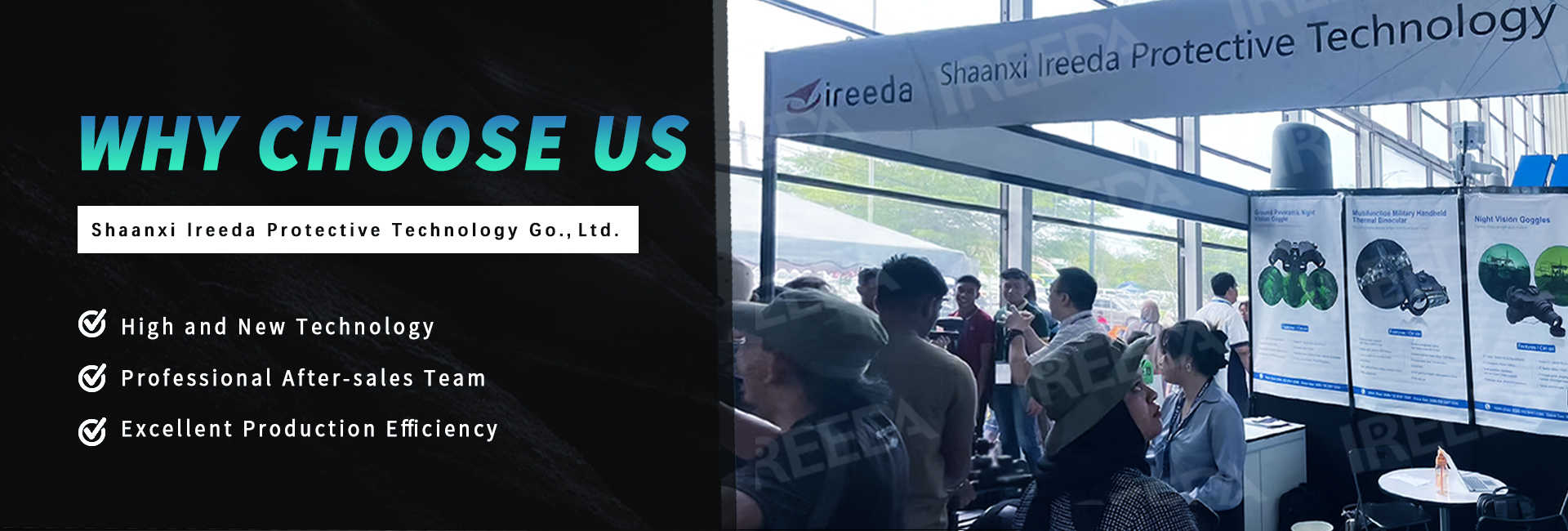Difference Between Low Light Night Vision and Infrared Night Vision
Low-light Imaging Technology
Low-light night vision technology, also known as image enhancement technology, is a night vision goggle with an image intensifier tube. Low-light night vision device uses natural light such as low-brightness night sky light, starlight, moonlight, atmospheric glow, etc.Reflected by the target at night to enhance and amplify it. To hundreds of thousands of times, so as to be suitable for reconnaissance at night with the naked eye, low-light technology is an important part of optoelectronic high-tech. In low-light night vision products, the image intensifier is the core device. The image intensifier is used to enhance the weak natural light in the night sky, such as moonlight, starlight, and atmospheric gray light by hundreds of times and tens of thousands of times, so that the human eye can perform long-distance degree of observation. Yellow-green light is the most sensitive wavelength of the human eye, so phosphor screens of this color are often used in image intensifiers. When we watch special forces perform night vision imaging on film and television, the picture in the night vision lens appears yellow-green for this reason.
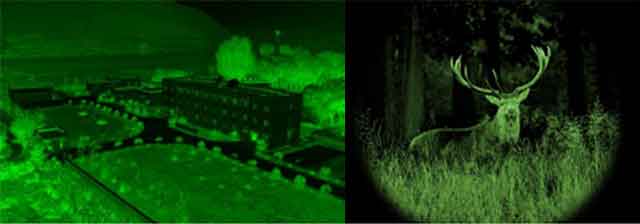
Infrared Imaging Technology
The principle of infrared night vision device is to illuminate the target with an infrared searchlight, and receive the reflected infrared radiation to form an image. Infrared night vision technology is divided into active infrared night vision technology and passive infrared night vision technology. Active infrared night vision technology is a night vision technology that implements observation by actively illuminating and using the infrared light reflected by the target to reflect the infrared source, and the corresponding equipment is an active infrared night vision device. Passive infrared night vision technology is an infrared technology that realizes observation by means of infrared radiation emitted by the target itself. It finds the target according to the temperature difference or thermal radiation difference between the target and the background or various parts of the target. It is equipped with a thermal imager. At present, surveillance cameras are equipped with active infrared systems, and there are few applications of passive infrared systems.
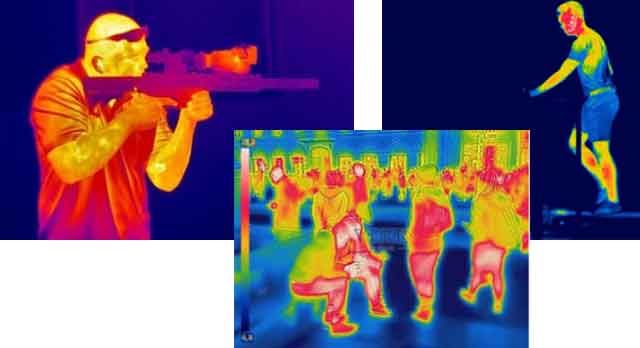
How does the detected heat become an image?
Thermal imagers detect heat using a thermal bolometer, which measures the temperature difference between a hot object and its surroundings, and uses the set of points where this temperature difference exists to form an image.
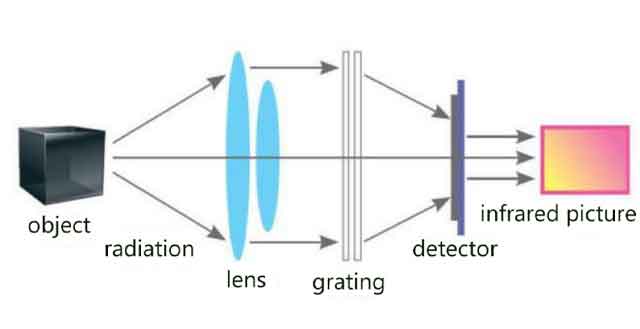
Thermal imagers are much more expensive than ordinary night vision devices. Does it have any special advantages?
A: Like low-light night vision devices, thermal imagers can also be used in completely dark environments, unlike night vision devices that generally rely on intensifiers to work in low-light environments. In addition, it can overcome obstacles such as fog, smoke and plants, and pass through them with clear images - an incomparable advantage in hunting.
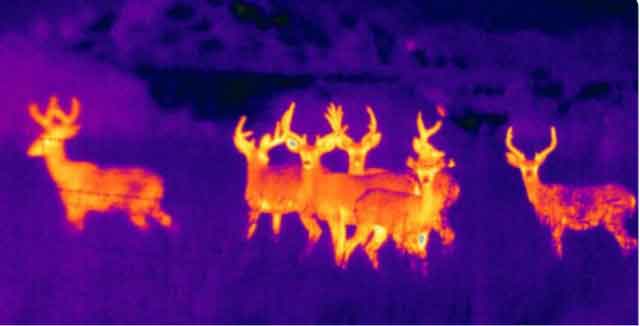
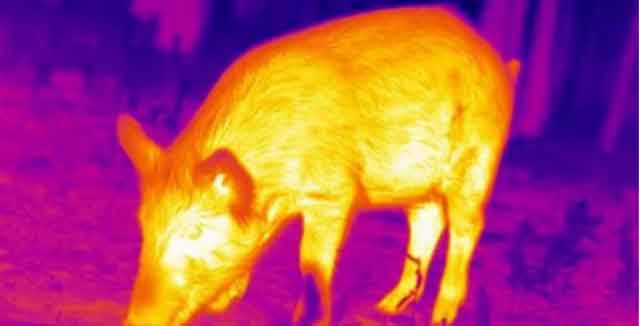
What is the most important difference between traditional night vision goggles and digital night vision goggles?
A: Since the digital night vision device does not rely on the traditional image intensifier for imaging, the light is converted into an electronic signal, and finally an image output is formed. This technology overcomes the disadvantage that the traditional night vision device is easily damaged by strong light, even if it is used in the daytime, It's also safe and secure - this is its most important advantage. In addition, compared with traditional night vision devices, the imaging of digital night vision devices is much clearer and more detailed.
Summarize:
From the perspective of scientific and technological development, infrared technology has certain advantages. The existence of visible light is conditional, and any object is an infrared source and is constantly radiating infrared rays, so the application of infrared technology will be everywhere.
With the development of low-light and infrared imaging technology, it has become an effective technical means to synthesize and excavate the characteristic information of low-light and infrared images and fuse them into a more comprehensive image. Night vision image fusion can enhance scene understanding, highlight targets, and facilitate faster and more accurate target detection in hidden, camouflaged, and confusing military backgrounds. Displaying the fused image in a natural form suitable for human eye observation can significantly improve human eye recognition performance and reduce operator fatigue.
